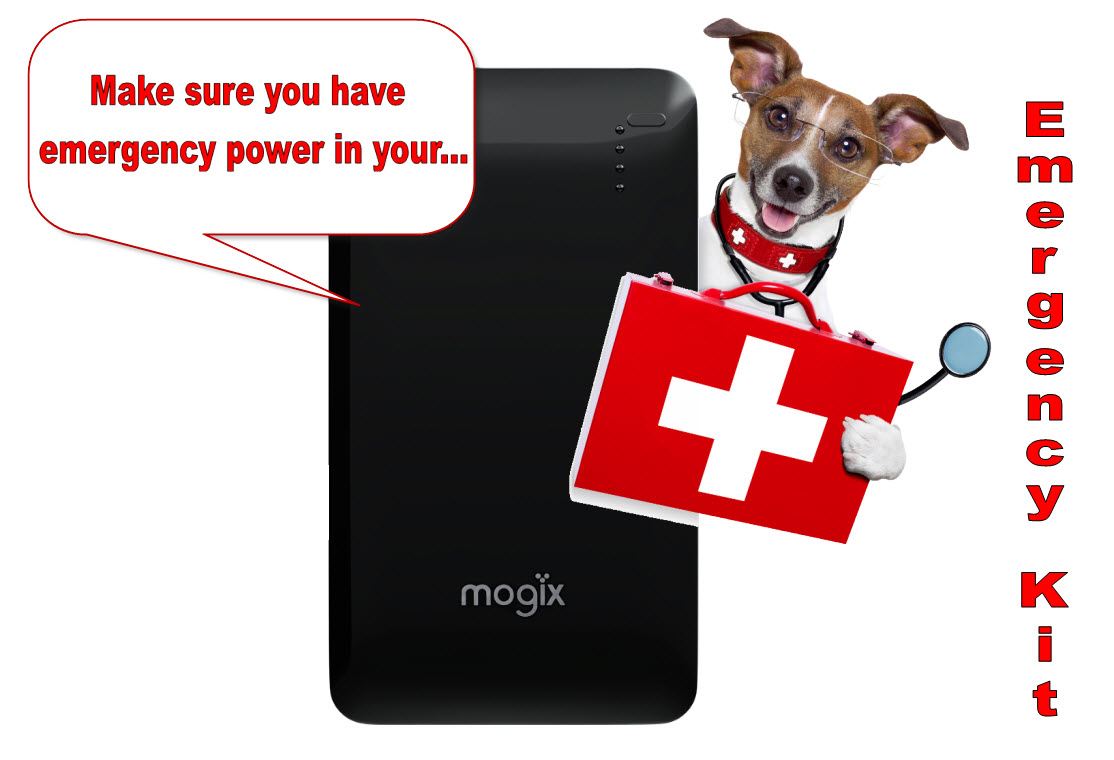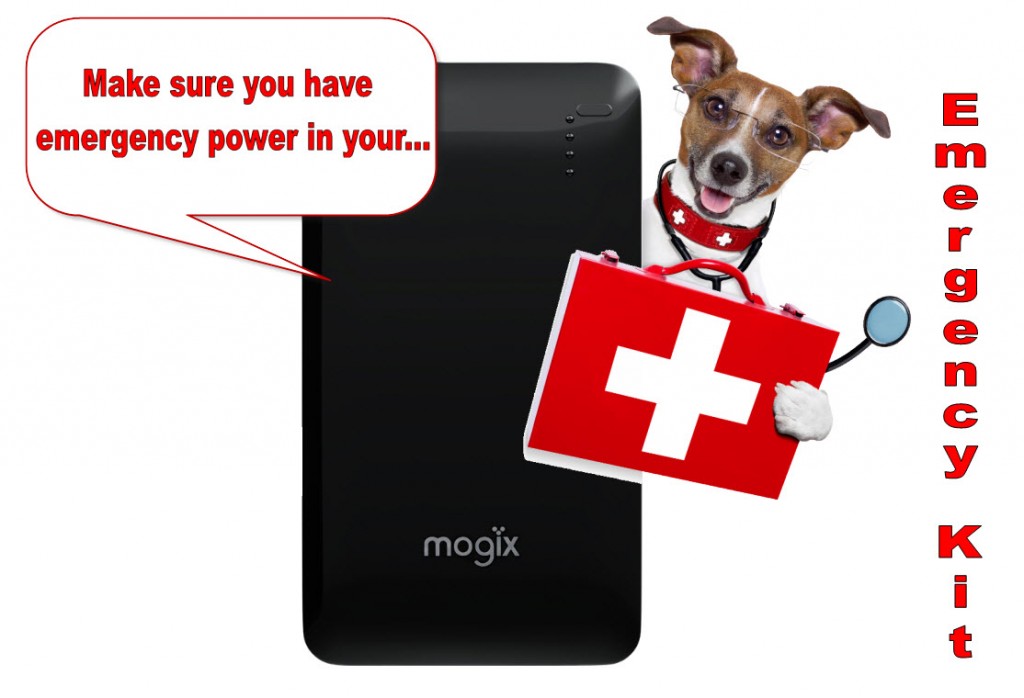You may have enough charge for your flashlight if the power goes out, but what about your smartphone?
Being prepared in case of emergency is an important strategy at any time of the year, but one of the most frequently overlooked parts of a preparedness kit is a portable phone charger, which is also one of its most vital components.
Being prepared with a power bank means that you will stay in communication with the rest of the world.
There are many situations that can cause your part of the grid to fail. From a failed transformer to flooding, from earthquakes to heat related blackouts, and from wind taking down a telephone pole to ice freezing power lines and equipment, there are many types of natural and human-made disasters that can cut off the electricity supply and other utilities to your home and business. In these situations, the better you have prepared, the easier the situation will be to handle. Certain items, ranging from water to a portable phone charger can make all the difference.
Always have supplies ready for survival, communication, and as much comfort as possible, that includes a portable phone charger.
At the bare minimum, your preparedness kit in case of emergency should include the following items:
• Water – for every person, you will need one gallon per day (you will need a three day supply in case of evacuation, and a two week for remaining at home). Be sure to freshen that supply every six months.
• Food – items that are non-perishable and easy to prepare regardless of heat source (again, you will need a 3 day supply in case of evacuation and 2 weeks in case of staying home).
• Flashlight – if it is not a wind-up, then have lots of extra batteries and make sure that they have not expired.
• Radio – if not a wind up, keep lots of extra batteries. A NOAA Weather Radio is best.
• First aid kit – this should include standard first aid kit supplies as well as the specific medical needs of the people who live in the home or work at the business, such as a 7 day supply of prescription medications and extra hearing aid batteries.
• Multi-purpose tool
• Personal hygiene and sanitation items
• Copies of vital personal documents such as ID, lease or deed to the home, proof of address, insurance policies and vital medical information.
• Emergency contact information
• Extra cash
• Emergency blanket
• Smartphones, charging cords, and a good quality portable phone charger that is big enough to provide several full charges. Make sure that the power bank has been freshly charged within the last six months.

